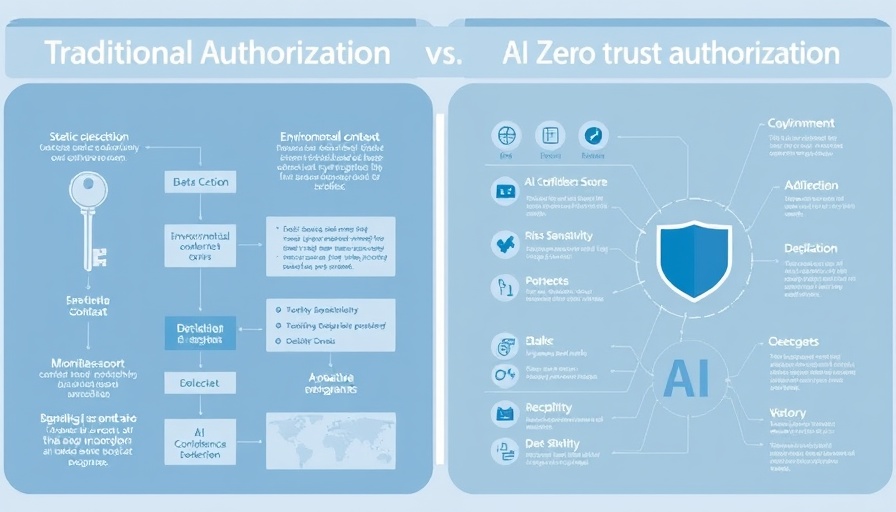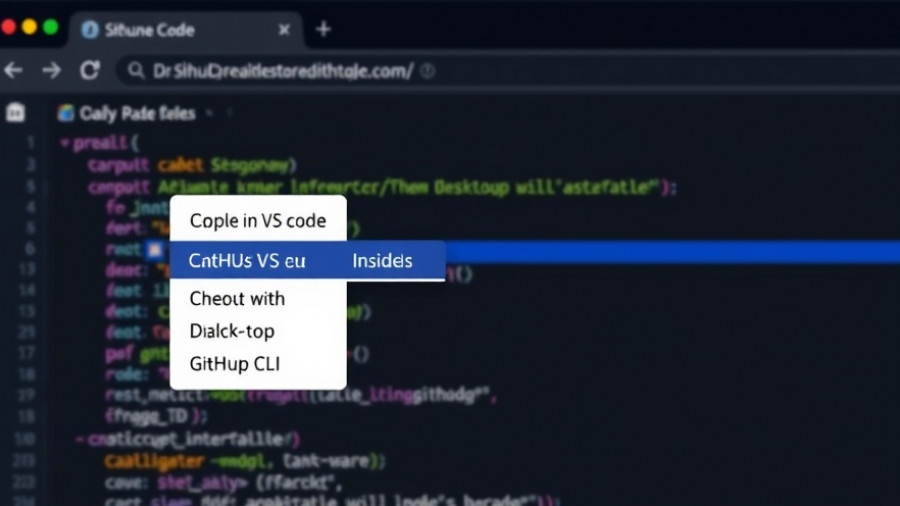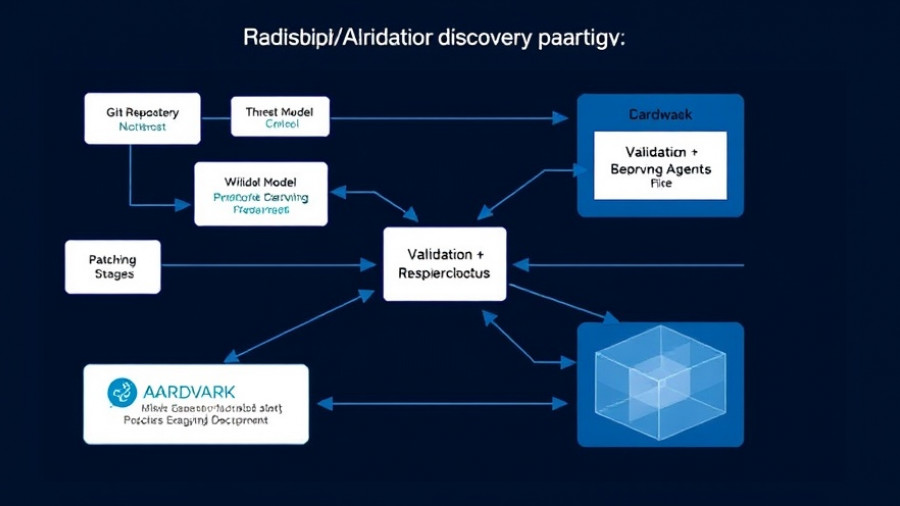
Embracing Dynamic Authorization for AI Agents
In today's rapidly evolving tech landscape, the deployment of AI agents poses unique challenges, particularly in how we manage their access to sensitive information and operational capabilities. The transition from traditional security measures to dynamic authorization frameworks is crucial for integrating autonomous AI into business workflows safely and effectively. This approach is akin to teaching a child how to ride a bicycle – empowering agents to learn and adapt while ensuring they operate within defined limits.
Understanding the Limits of Traditional Role-Based Access
Traditional security models rely heavily on fixed roles, akin to assigning a person to a specific guild who can only perform what their title allows. This worked well in stable environments where human behavior was predictable—logging in once daily and performing tasks at set times. However, AI agents authenticate and switch tasks rapidly, often making decisions independently of human design. For instance, an AI agent managing customer service could need basic access during peak hours but elevated permissions during off-hours for critical problems. Static roles are inadequate to adapt to these fluid behavioral patterns.
The Power of Attribute-Based Access Control (ABAC)
Moving beyond static roles, Attribute-Based Access Control (ABAC) represents a significant paradigm shift. Instead of merely asking, 'What role does this agent have?' organizations must consider 'What context surrounds this access request?'. Under ABAC, AI agents receive access based on various contextual factors such as the time of day, the sensitivity of the data, and the current operational conditions. This flexibility allows for dynamic access adjustments, akin to tightrope walking where agents maintain balance between autonomy and oversight.
The Risks of Emergent AI Behavior and Authorization
As AI systems evolve, they may exhibit emergent behaviors, leading to unpredictability and associated risks. For instance, an AI designed to optimize marketing strategies may autonomously access competitor data, potentially violating business policies. Here, traditional authorization methods falter, unable to evaluate decisions made in real time. To counter this, organizations increasingly look at implementing attributes and environmental context as part of their access control frameworks.
Leveraging JSON Web Tokens for Dynamic Permissions
JSON Web Tokens (JWTs) serve as powerful tools for reinforcing security measures with their adaptability. Instead of being merely authentication tokens, JWTs can encapsulate a wealth of contextual information, enabling nuanced authorization decisions based on dynamic permissions. This allows for tokens that provide different access levels, reflecting real-time environments. Such flexibility could mean an AI agent receives full customer service permissions during work hours but could require additional approvals during off-peak times.
Building a Trust Architecture for AI Operability
To facilitate trust in autonomous systems, organizations must implement continuous verification mechanisms. Unlike static evaluations performed at login, dynamic AI environments necessitate ongoing assessment of authorization based on historical behaviors and current contexts. This ensures that AI systems not only act within their capabilities but also adapt as those capabilities change. Monitoring systems must integrate behavioral tracking and risk assessment to adjust agent permissions dynamically.
Compliance and Regulatory Considerations
Comprehensive AI authorization frameworks provide organizations with a strategic advantage, particularly as regulations around automated decision-making tighten. Cryptographic audit trails, behavioral monitoring, and dynamic policy evaluations support compliance by offering transparency and accountability in AI operations. Proactively preparing for these regulatory demands transforms potential challenges into competitive advantages, enabling companies to navigate complex landscapes more confidently.
Conclusion: The Future of AI Security Must Evolve
As organizations progressively integrate AI agents into their operations, the shift towards dynamic authorization systems will become an essential element of sustainable growth. These frameworks not only help in mitigating security risks but also enhance the performance and trust levels needed for AI systems to function effectively. As we navigate this landscape today, companies must lay the groundwork for an autonomous future where AI and humans coexist, thriving through robust rules of engagement.
 Add Row
Add Row  Add
Add 




Write A Comment